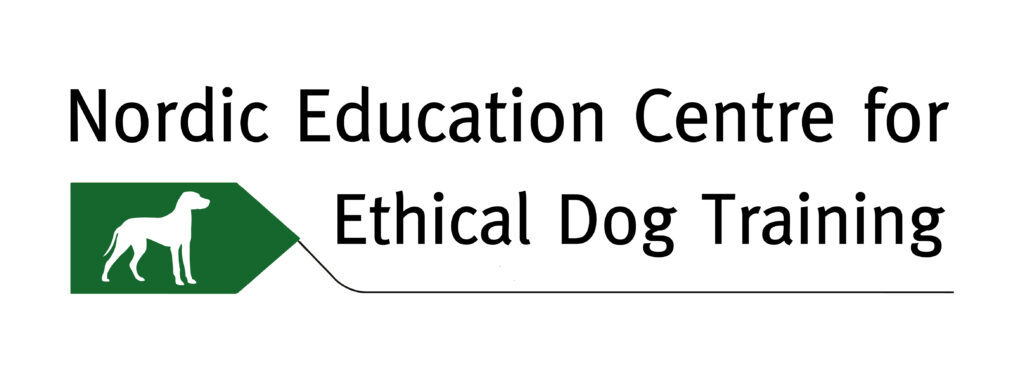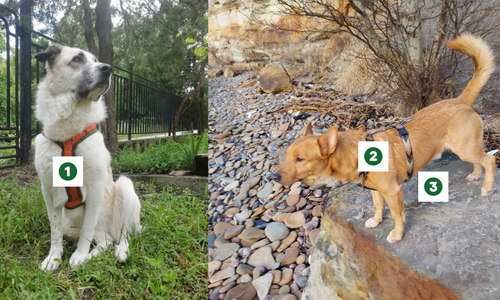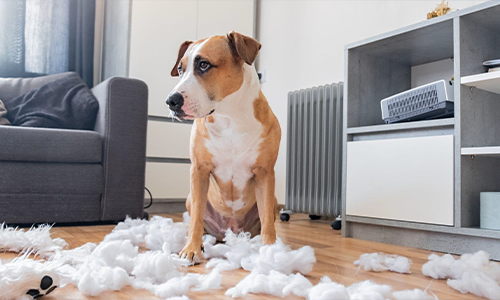Should your dogs walk off-leash?
As humans, it is natural for us to try and be in control of things. Whether it is our work or our dogs, we like it when there is certainty. We don’t want to wake up in the morning and find out that there is an important meeting starting very soon. This feeling of wanting to be in control makes us risk aversive.
Being risk aversive isn’t a good or a bad thing. It is something which makes us feel safe. We want to ensure things that are important to us remain stable. And it is the same feeling that drives our actions with our dogs.
What happens when dogs are off-leash?
In the evolution of dogs, being on a leash is a relatively new introduction. Even today, most dogs in the world are free living – which means that they are always off-leash!
Being off-leash carries both advantages and disadvantages. Safety is the biggest concern since an off-leash dog can easily run into traffic without being able to gauge the speed of the vehicles. Even a balanced dog might see a cat and chase, potentially getting into a life threatening scenario. So the place where we can let our dogs be off-leash is equally important as actually letting them off-leash.
One of the reasons why people are scared of letting their dogs off leash is because they believe their dog will run wild, jump on people, run away and may end up getting hurt in the process. But the truth is that a balanced dog will rarely have such an outburst when let go off-leash.
When a dog is allowed to move freely, different parts of the dog’s brain are engaged. The dog can choose to run, walk, sniff, lie down, in short do whatever the dog wants. Most dogs run for brief moments before returning to a slow walking gait, and sniffing the environment. Moreover, they are also getting exposed to the area and are required to rely on their spatial awareness to move. Dogs may have to step over things, step onto different surfaces and navigate by their own accord. Such voluntary exercises provide more benefits to the body than any kind of forced exercise. The free movement is extremely important to ensure dogs’ muscles and bones develop well.
However, even when the dog is off-leash our movement and pace influences theirs. So to give them true freedom of movement, it is better to slow down or stop together and wait for them to finish sniffing before we move ahead.
Having more choice and agency makes our dogs more confident individuals who are able to cope with challenging situations. Here are some of the choices our dogs get when walking off leash:
– Choose to stop if they are getting tired
– Change from one gait to another if desired
– Move from one surface to another if desired
– Sniff as much as they want to
As you see, walking off leash has benefits for both their physical and mental health.
What should you do before letting your dog go off-leash?
It is important to be aware of the environment before letting your dog go off-leash. The right environment will depend on where you live and if your dog is afraid of anything specific. For example, an enclosed dog park might be safe for dogs from not getting lost but could potentially create a negative experience because of the presence of many other dogs. In this scenario, it would help to know when the dog park is not occupied and try to take the dog to the park in those quiet hours. Having a safe place for your dog to be off-leash is one of the best decisions we can take for them. A few example of safe places are:
- Fenced fields
- Fenced tennis courts
- Fenced gardens (could be a friend’s garden)
- Gated and fenced parking spaces
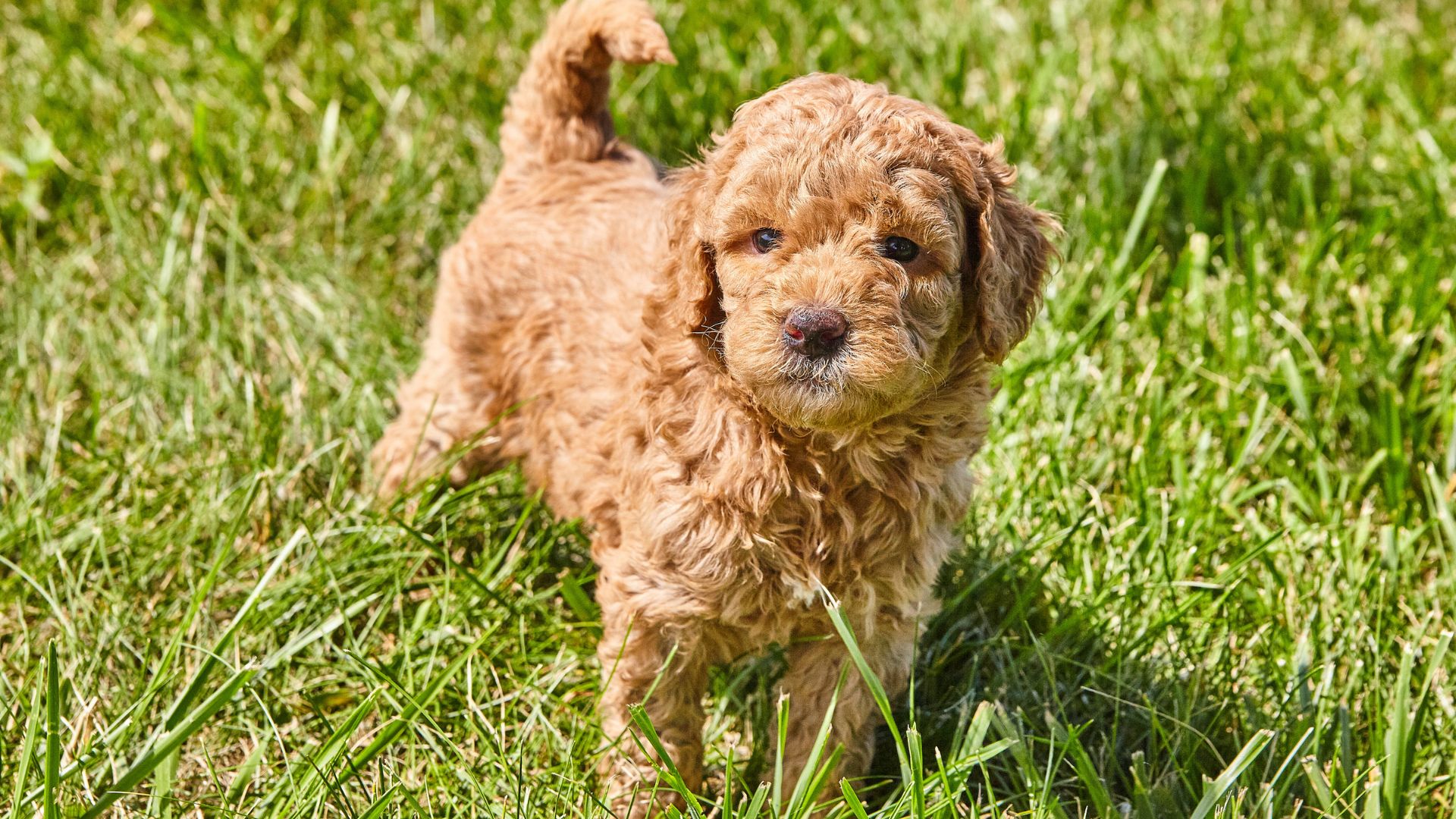
There are also certain safety measures that can help in an emergency
- Using an AirTag or a similar device to track using bluetooth
- GPS tracking device which has a larger distance than bluetooth technology
- Using a name and number tag and clipping it to your dog’s harness
- Microchipping your dog and register in the appropriate registry of your region
One of the important training tools that help our dogs when off-leash is recall. For example, if your dog is sniffing inside an enclosed garden and someone accidently leaves the door open, a good recall will put your mind at ease to ensure your dog doesn’t leave the area.
What if you can’t let your dog off-leash?
The reality of today is that it might not be possible to find a safe place to let our dogs off-leash. As responsible guardians, we have to ensure that our dogs are safe and that we respect other people and dogs. As an alternative to being off-leash, using a long leash (more than 3 metres) helps to keep everyone safe and also allows the freedom of movement for our dogs.
In a study conducted on 61 dogs, Cristina and Aurelien Budzinski analysed the time spent sniffing when dogs are on different lengths of a leash and found it was significantly high when a dog is walking on a long leash.
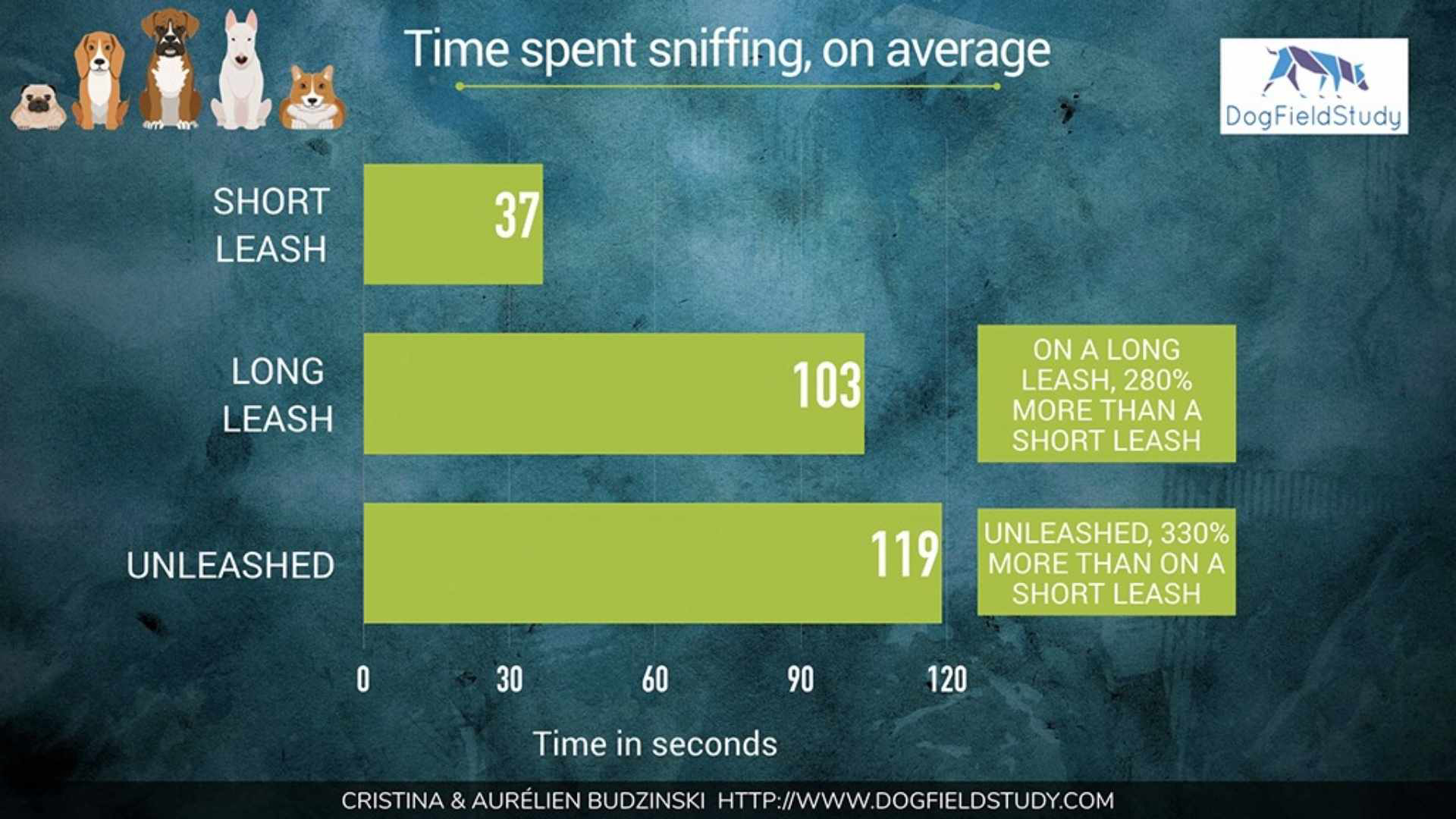
In Level 1 of Nordic’s International Dog Trainer School, we will discuss different beneficial activities for your dog and important training tools such as recall and walking on a long loose leash. Our training education is of the highest of ethical standards and we ensure the dog is treated with utmost respect.
For more details visit www.nordicdogtrainer.com/level-1. In case the registration is closed, please sign up to ensure you get access to the next batch.
